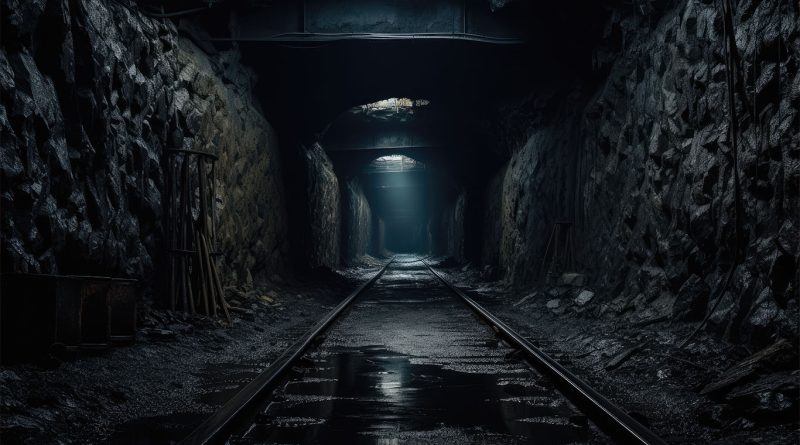Exploring the Depths: 5 Key Insights into Subsurface Mining
In the realm of mineral extraction, subsurface mining stands out as a critical method for accessing deeply buried resources. This listicle delves into the complex world of underground mining, highlighting the latest trends, technologies, and challenges. From the advanced techniques used to extract precious minerals to the innovative solutions addressing environmental concerns, we offer a comprehensive look into the fascinating and evolving world of subsurface mining.
1. Diverse Techniques
In subsurface mining, various methods are employed depending on the mineral type and geological conditions. Block caving, a cost-effective method, is particularly used for large orebodies. It involves mining the ore in large blocks, which collapse under their own weight. This method is efficient for extracting deep-lying resources such as gold and base metals, but requires careful planning and monitoring to ensure safety and minimize environmental impact.
2. Technological Advances
The integration of technology is transforming subsurface mining. Automation and remote management are key trends, where operations are controlled remotely, reducing the risk for miners. Advanced equipment and software enable precision in identifying ore locations and managing the mining process, increasing efficiency and reducing waste. This shift not only improves productivity but also plays a significant role in enhancing safety standards.
3. Environmental Considerations
Subsurface mining faces challenges like minimizing surface disruption and managing waste disposal. Adapting to environmental regulations and pressures, miners are increasingly using methods that have a lower ecological footprint. Techniques like in-situ leaching, where chemicals are used to dissolve minerals underground and the solution is pumped out, reduce surface impact and are seen as more environmentally friendly.
4. Economic Impact and Rising Costs
The economic aspects of subsurface mining are influenced by factors like market demand, operational costs, and regulatory changes. Fluctuating prices of commodities can significantly impact profitability. Additionally, as mines go deeper, operational costs increase due to the need for more advanced technology and safety measures, making cost management a crucial aspect of subsurface mining.
5. Future Trends and Developments
The future of subsurface mining will likely see a continued emphasis on sustainability and technology. Innovations in mining equipment, safety procedures, and environmental management are expected. There’s also a trend towards exploring new geographic areas for mining, driven by the global demand for minerals. These developments will shape the subsurface mining industry, making it more efficient, safe, and environmentally responsible.
With a focus on innovation and responsible practices, subsurface mining is poised to meet the world’s mineral demands while ensuring safety, efficiency, and environmental stewardship. The insights provided offer a comprehensive understanding of the complexities and opportunities within this vital sector, highlighting its enduring significance in powering global progress.
